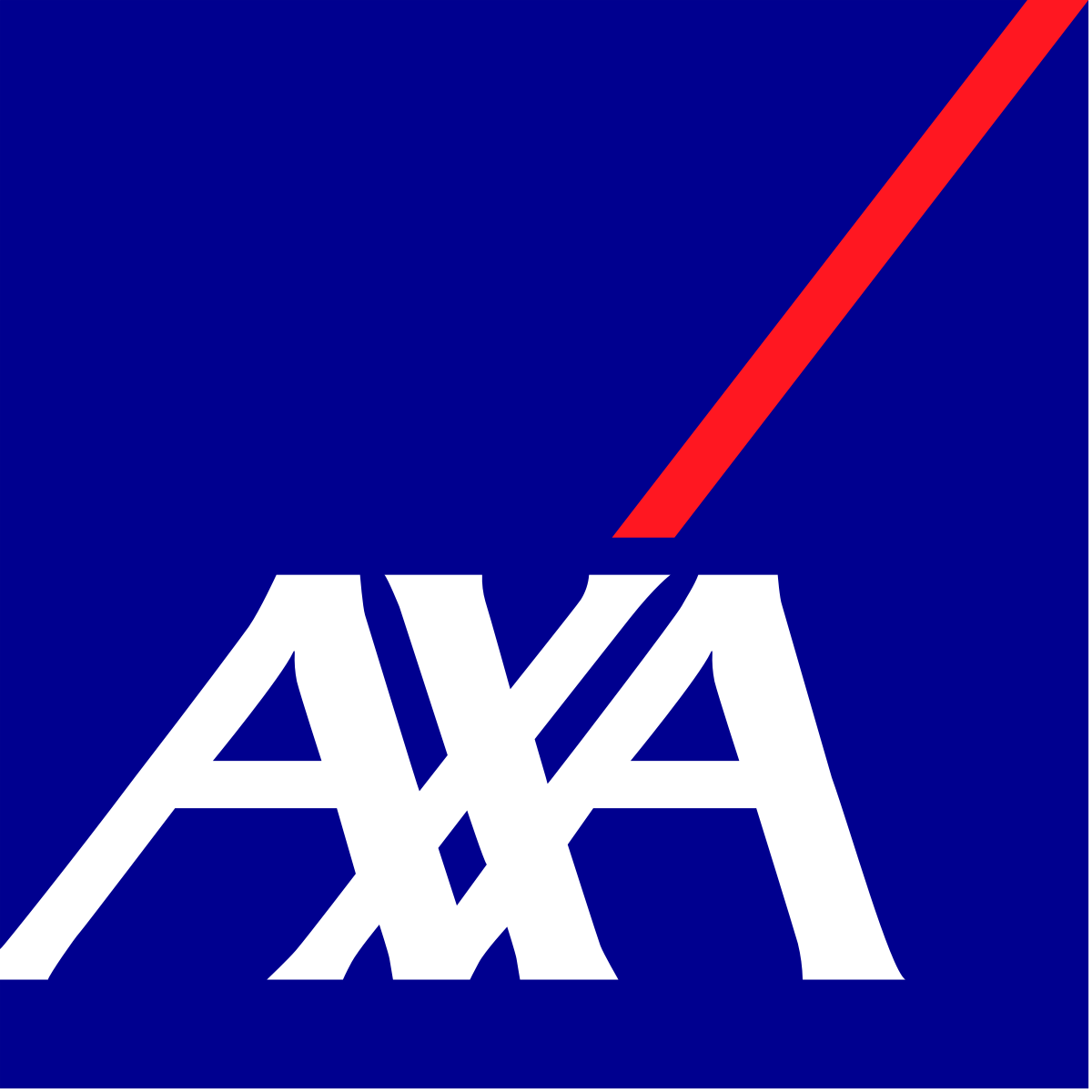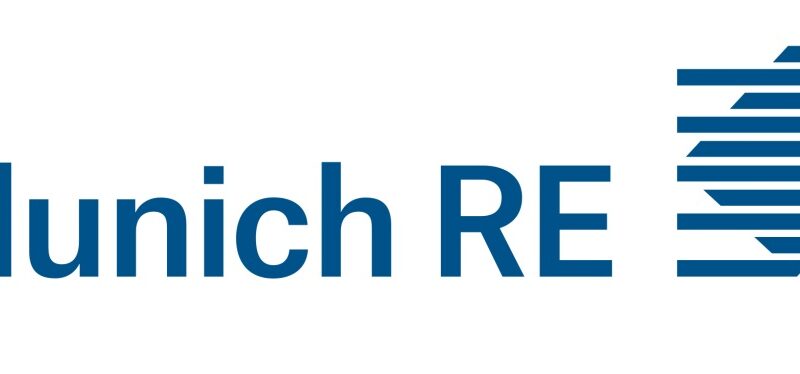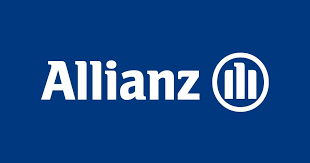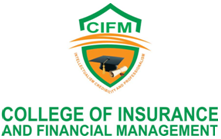By Favour Nnabugwu
THE Federal Government on Wednesday said it will soon begin the second phase distribution of four million pre-paid electricity meters free to Nigerians.
The Central Bank of Nigeria, CBN, had promised to make available four million pre-paid electricity meters aside from the one million the government earlier provided which were being distributed nationwide.
This is as the Federal Executive Council, FEC, at its 44th virtual meeting approved sums worth more than $8.29 million as well as N3 billion for the execution of various electricity projects in the country.
Briefing State House correspondents at the end of the Council meeting presided over by President Muhammadu Buhari at the First Lady’s Conference Room, Presidential Villa, Abuja, the Minister of Power, Engr Mamman Saleh, said that there was an improvement in power generation, adding that the country generates 5, 000 megawatts from the initial 3,000 megawatts it was generating.
The Minister said that government was almost getting through with the distribution of one million pre-free paid meters to Nigerians.
Fielding question on the progress report with the distribution of the one million pre-paid meters, he said, “It’s ongoing, we are almost rounding off.
“We have almost finished with phase zero, we are now going into phase one of the distribution of the metres, that is the remaining four million the Central Bank promised to augment with.
“The first set is one million, we are about to finish with that, but you know, it is not the target, one million is very negligible compared to the demand of Nigerians.”
Further asked whether there was any improvement in power generation, he said, “We are improving, it (power generation) has improved, you can see, I don’t have to tell you.
“We are moving from 3000 megawatts, today we are generating up up to 5000 megawatts or over that, so it is a great improvement.”
Speaking to journalists on the approvals granted by the council, Engr Saleh, said most of the projects are procurement of equipment as well as designs and manufactures.
He also said that some are for the upgrade of the nation’s electricity facility and improvement of power supply across the country.
He said, the Ministry of Power presented six memoranda to the FEC and that all the memos were approved.
The aggregate of all the figures, in both naira and dollar denominations, summed up to a total of N6,156,168,822, when the dollar component was converted by the official exchange rate of N380 to $1.
He said, “The Federal Executive Council today approved six memos under the Ministry of Power. The first one is the award of a contract for design, manufacturing and supply of critical spare parts for Crompton Greaves 330 kV, 132 kV and 33 kV circuit breakers to Messrs. Legen Engineering Nigeria Limited in the sum of N298,339,887.04.
“The second one is the award of the contract for the procurement of 50 sets of 400 AH battery banks, 30 to 50 volts and 30 number of 110 volt battery charges for the substation used by the TCN in favour of Messrs. DTS Transformers Electric Industry Limited at the sum of N644,805,953.10.
“The third award of contract is for the procurement of 50 cent also of 132 kV isolators for the TCN in favour of Messrs. Leading Diagonal Engineering Nigeria Limited in the sum of $840,650 plus N53,900,000 within the delivery period of six months.
“The fourth one is the award the contract for the design, manufacturing and the supply of three 60/66 MVA 132kV power transformers with accessories and 15 number of 500 kV transformers, 33/0.415kV earthing transformers for the TCN in favour of Messrs. Zhenjiang Transformers Company Limited, in the sum of N1,296,953,044.55 with delivery period of 12 months.
“The fifth one is the award of the contract for the design, supply and installation of Optical Wire (OPGW) and Universal Optical Transportation Network System (OTN) for some critical transmission lines in favour of Messrs. Xinjiang Power and Transportation Company Limited in the sum of $6,800,743.51, plus N668,843,634.74, with a delivery period of 12 months
“The last one is the upward review of the contraction for the design, manufacture, supply, installation and commissioning of 1X 100MVA, 132/33kV power transformers at Ogba Transmission Substation, Lagos, in favour of Messrs. Power Control and Appliances Limited, in the sum of $648,038.31, plus N48,342,524.18, with the delivery period of six months.
“All these procurements are geared towards upgrades of the transmission system, to the national grid, so that we can have sufficient power supply to the nation”, he said.
The Minister said that government was making sure that supply was stable and also working towards ensuring that it upgrades the supply “from say 4000 megawatts to 5000 to 6000 to 7000 megawatts and so on.
“So, the more we replace some obsolete and outdated equipment, the more we improve the supply of electricity.”
Asked whether he agreed with the report that over 70 per cent of Nigerians who have electricity supply have less than 12 hours a day, he said, “It all depends. You know we have graded the supply based on the metering.
“Unless the metres are sufficient, we will not know which and where to push 24 hours supplies because there are some people who are ready for 24 hours and there are those who are not ready for 24 hours supply of light.
“So, we have graded according to that priorities and like we have been saying, I will keep telling Nigerians that this tariff issue, those who are not getting 24 hours are not equally charged like those who are getting 24 hours. So, there is a difference. Until you have a metre, then you’ll know what you consume at the end of the day.”










